Last update images today Duck Hunting Season




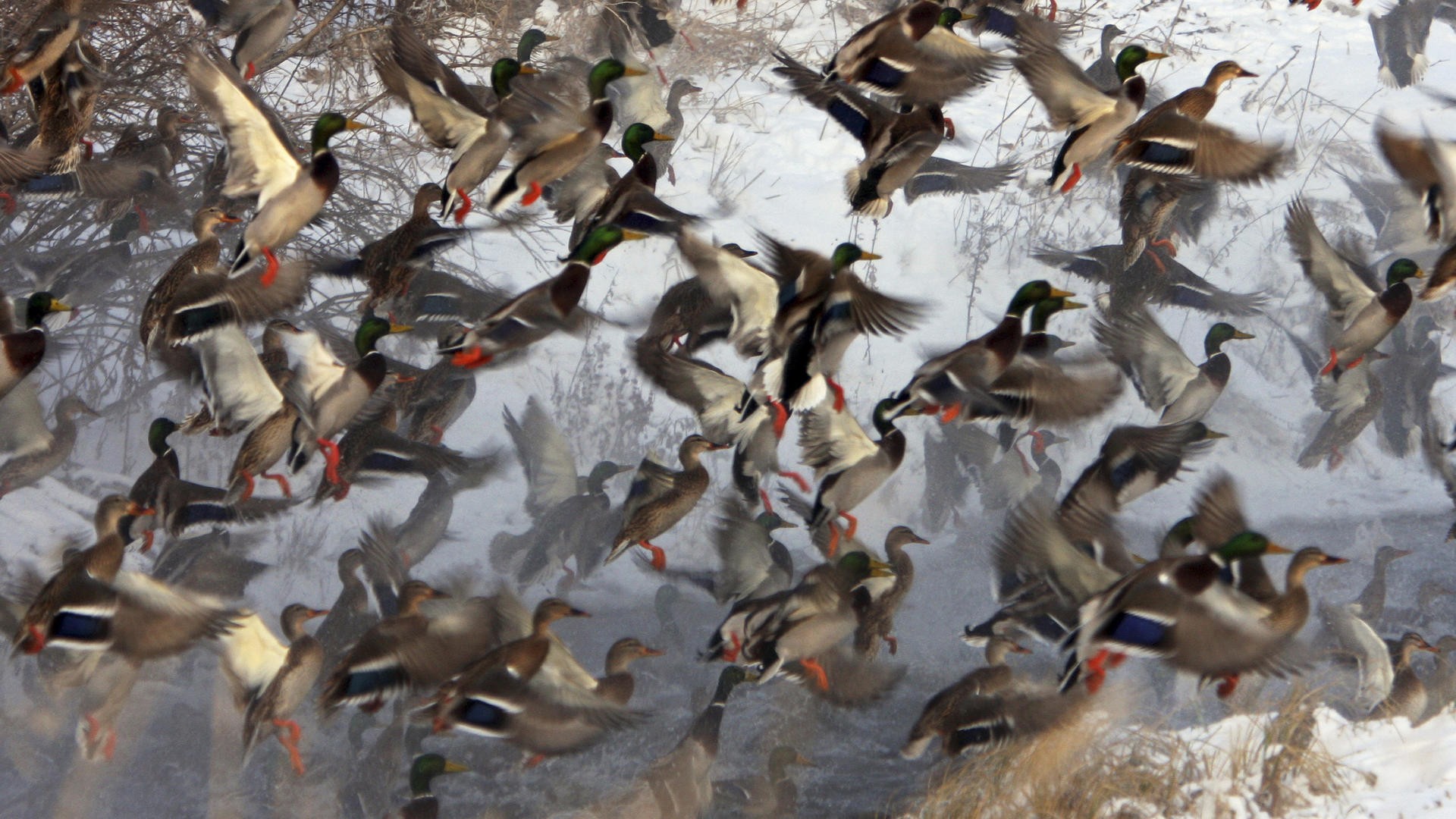
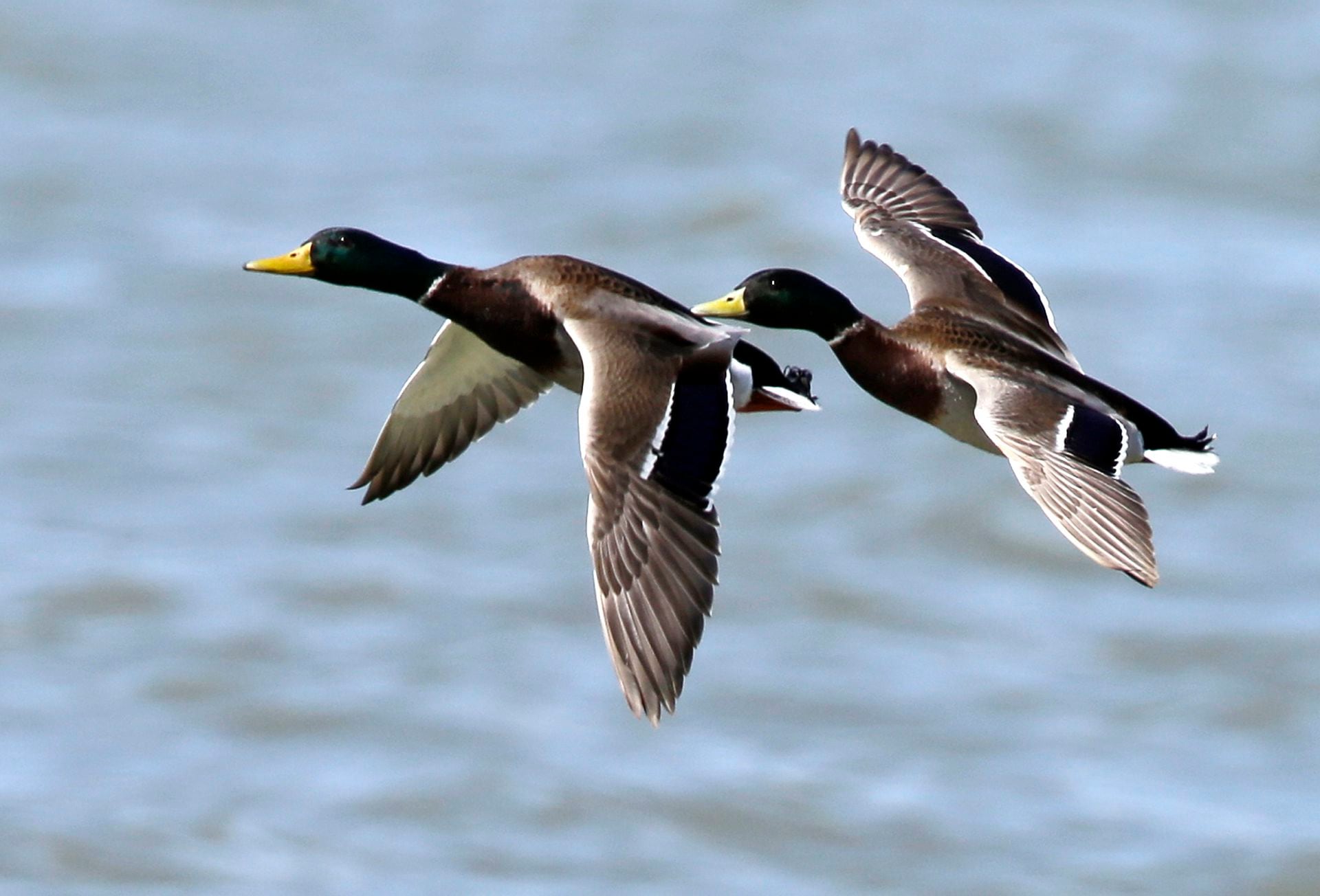

















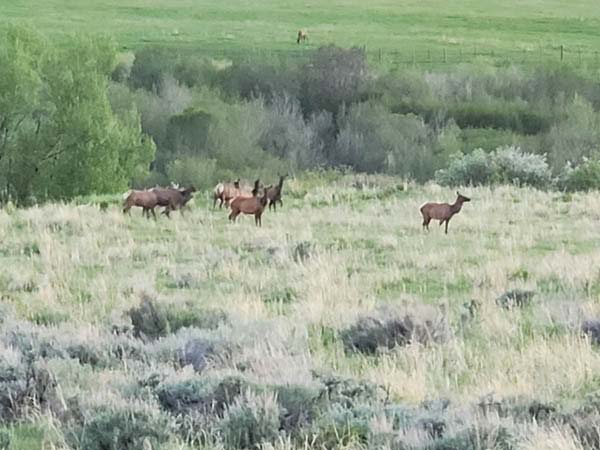



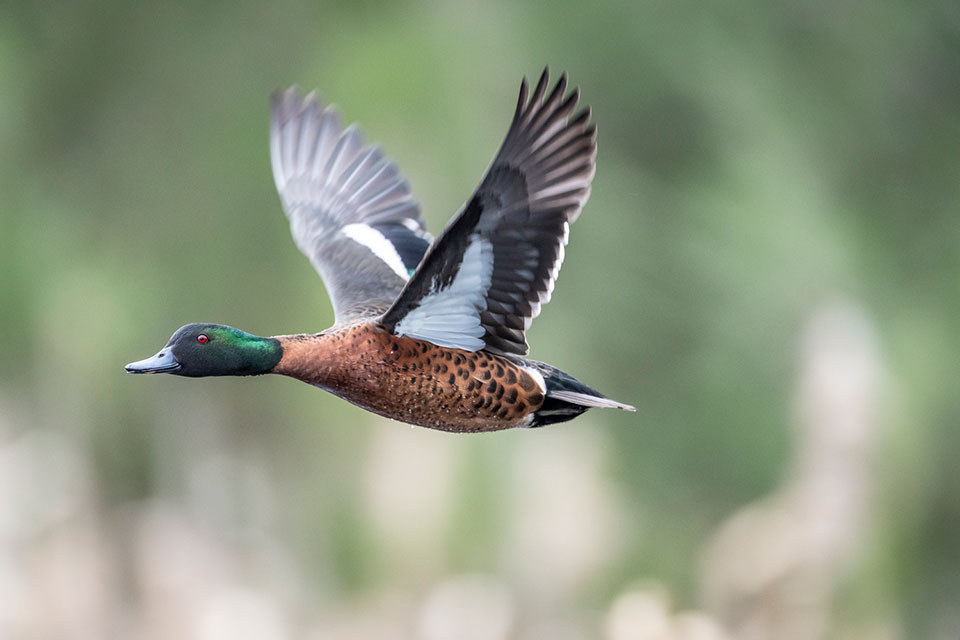

https www wildlifevictoria org au images appeals ducks2024 4 jpg - Wildlife Victoria Duck Hunting Appeal 2024 Ducks2024 4 https flattopshunting com wp content uploads 2024 01 hunting 2024 003 jpg - Hunting 2024 003 Flat Tops Elk Hunting Hunting 2024 003
https www texasbowhunter com discussions forums filedata fetch - 2023 2024 Duck Hunting Thread TexasBowhunter Com Community Fetchhttps i ytimg com vi xx9Qu8iyH7Y maxresdefault jpg - Duck Season 2023 2024 YouTube Maxresdefault https www texasbowhunter com discussions forums filedata fetch - 2023 2024 Duck Hunting Thread TexasBowhunter Com Community Fetch
https images na ssl images amazon com images S compressed photo goodreads com books 1682084059i 137553068 jpg - 2023 2024 Duck Hunting Pocket Calendar 2023 Monthly Planner With 2 137553068 https i ytimg com vi pQL7T03S6bw maxresdefault jpg - 1 20 24 Duck Hunting YouTube Maxresdefault
https i ytimg com vi RyZYpEb3qXk maxresdefault jpg - Canvasbacks And Greenheads Duck Hunting Season 2023 2024 YouTube Maxresdefault